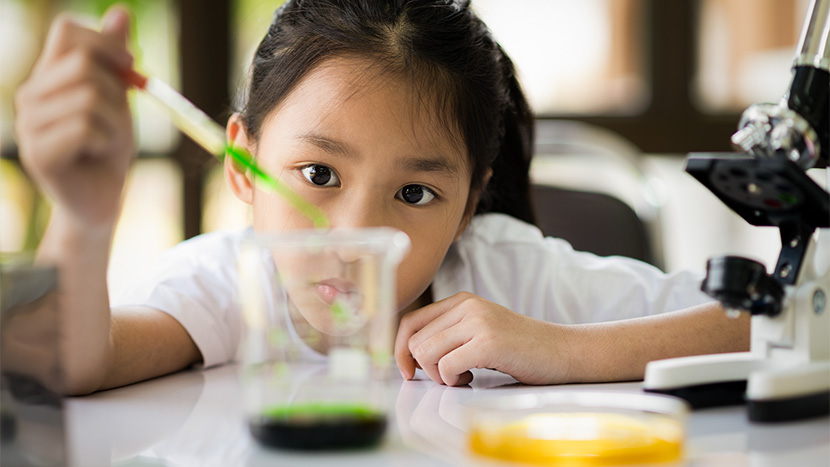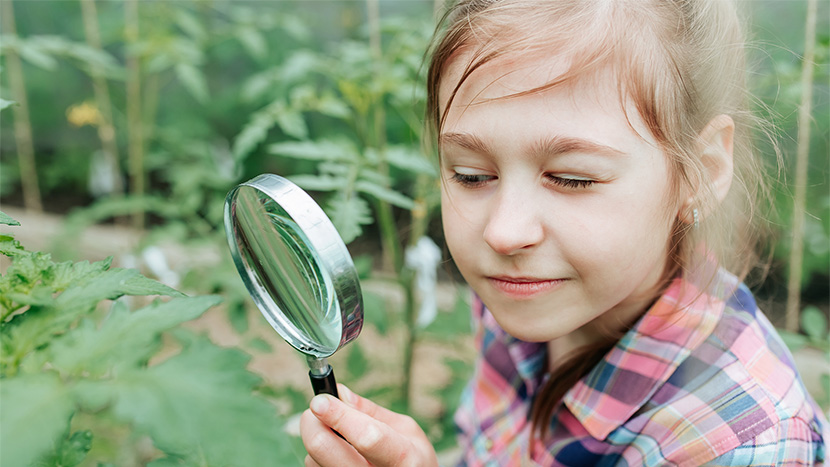Students should be encouraged to develop an interest in scientific inquiry
Scientific inquiry is a tool that allows us to answer questions and encourage curiosity, and it is crucial for education. When you were young, chances are you were fascinated by watching clouds floating by or by the fluttering of butterflies, but sometimes as we age we lose this wonder, and with it the spark of scientific inquiry that leads to learning and innovation.
As you get older, your priorities might change, and you could be be more excited by other things, for example, winning a bitcoin casino jackpot. However, if we foster a love for science form a young age, we can create more innovative scientists and creators! All young children possess a natural curiosity and it is vital that this curiosity be harnessed when young, in an effort to encourage a real love of scientific inquiry and a desire to innovate.
Humans from time immemorial have used all kinds of scientific exploration in the search for answers to many problems and events that occur; continually examining the cause and the effect and the relationship between the two. Over time, certain methods of scientific inquiry were established and became part the core of how science was taught to students. These methods are still taught to educate students about the natural environment today.
How is Scientific Inquiry defined today?
When we speak of Scientific Inquiry, we are referring to the methods used to examine the environment and natural life and to then come up with an explanation based on facts that can be proven.
Key components in this process are set out below.
Wonder or Questioning
A question is followed by the student searching for the answer as to why a particular thing occurs in nature.
Model
A model of Inquiry is developed by students which involves a number of things including observing phenomena, carrying out experiments and a presentation of the idea which initiated the Inquiry. The scientific inquiry, the model, sets forth the reason for the inquiry and the method by which a solution can be found.
Result/Clarification
At the end of the process the results of the study are presented. After much testing and analyzing of the findings a result will be presented, all based on evidence.
Observation and Experimentation are two methods of inquiry
Depending on the subject of inquiry, different methods of inquiry will be used. Observation is primarily used when looking at natural phenomena. In situations where there is already an expected result, then experiments are carried out in order to test the hypothesis and to prove it correct or otherwise. Below are a number of key points that represent each model of inquiry.
Observation
- Observing reactions to different variables.
- Nothing is done that might affect the process.
- Establish links.
Experiment
- Observing reactions to different variables.
- Introduce new variables.
- Determine cause and effect.
Areas of scientific inquiry
Brainstorming sessions will take place where students can articulate views and observations. By using different techniques students are able to study the different processes and come up with a hypothesis. Students will use some of the following techniques to help them in this endeavor:
- Laboratory experiments
- Formation of models
- Categorizing and ordering of objects
- Comparing and contrasting of objects
- Brainstorming and classroom discussion
Initially, children will read something and then ask questions about what they have just read. This is the beginning of the process. The questions are discussed in the classroom. Students are encouraged to voice their opinions, question theories and think about different causes and solutions.
These will be followed by experiments in a laboratory or out in the field. These may be done in groups or individually. Learning to work in a team, sharing ideas with others and coming up with solutions, and at the same time developing innovative ideas.
After completing the above, a visual board, or graphic organizer, will be created that brings together all the various parts showing how they are linked and an explanation of how the specific phenomenon works. This graphic organizer enables all students to participate and share their thoughts and understanding of the issue. Students should be encouraged to express their original thoughts and ideas.
The KWL method is another way of gauging how well students are learning. In this format students are asked the following questions:
- What I know
- What I want to know and
- What I learned
This maps the student’s learning journey for the educator and shows where the student might need more support in his or her learning journey.
Progressive learning is supported by Scientific Inquiry
Incorporating scientific inquiry into the school curriculum is vitally important and can and should done at different stages. In the early years, in the Elementary school, scientific learning is done mostly through videos and demonstrations. A little later at the some experimental work is carried out and students will be allowed to replicate experiments demonstrated by their teachers.
During the Middle school years, students get to do their own experiments, prompted by questions put forward by their teachers. Later students get to ask their own questions, make hypotheses, create their own experiments and come up with the answers themselves. In this way students learn first hand how the process of scientific inquiry actually works from beginning to end.
An example of this process could be the following: Children in Elementary school may be taught about the process of evaporation by explaining about the steam that is released from a kettle. The teacher may even go a little further and explain about clouds in the atmosphere.
In Primary school, a geographical area may be selected in order to explore and explain the many different phenomena concerning water displacement, rainfall patterns, evaporation etc. over certain time periods.
Conclusion
Having students learn the skills of scientific inquiry will enable them to find answers that will benefit us all in the future. We are all looking to make our planet more sustainable and this will be more likely with the help of scientific methods. Scientific inquiry is something that we all should appreciate and learn to use for the greater good of all.


































































































